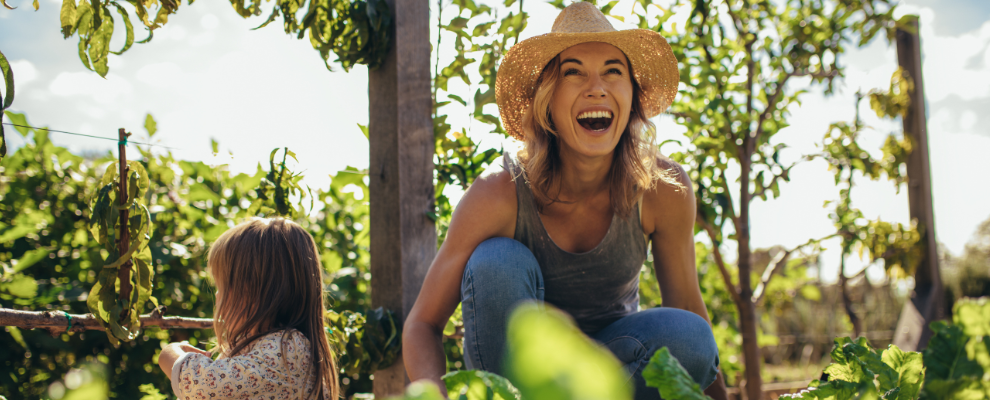Prioritise skin safety this summer with SpotChecker

At TAL, we’re committed to helping Australians live a healthy and full life.
Now in its ninth year, TAL SpotChecker encourages Australians to practice sun safety and regularly self-check their skin for early signs of skin cancer.
With two in three Australians diagnosed with skin cancer in their lifetime¹, we want to encourage you and your clients to take a proactive approach to skin health.
70% of Aussies base sun protection on the weather2
To help better understand behaviour regarding skin safety, we have commissioned new research with the aim of promoting the importance of skin safety. The research reveals that many Australians are skipping sun protection, especially on cloudy days when cancer-causing UV radiation can be dangerously high.2
|
72% of Australians equate sunny days with higher UV levels2 |
Only 6% protect their skin when its cloudy2 |
43% rarely or never check the UV index2 |
62% don’t know how to check the UV index2 |
Understanding UV
Dr Priya Chagan, TAL’s General Manager of Health Services, said common misunderstandings about UV risks mean many Australians are unknowingly exposing themselves to harmful UV radiation.
“This summer don’t let what’s out of sight be out of mind. The vast majority of skin cancers are directly related to skin damage caused by exposure to UV radiation, which can penetrate through clouds and rain. Even on overcast days, UV levels can be extreme- so by protecting your skin, especially when UV levels are high, you can reduce your risk of skin cancer.”
“Our research shows people often incorrectly associate cloudy days with lower risk of skin damage, with 58% likely to become complacent around sun safety if the weather is overcast or less hot. This misconception means many Australians unintentionally expose themselves to dangerous amounts of UV radiation.”
“With the Bureau of Meteorology forecasting a hot, rainy summer for many parts of Australia – conditions linked to high UV levels - we’re concerned that Australians will be left particularly vulnerable to harmful UV levels due to a lack of proactive, preventative skin safety habits.”
Dr Chagan recommends that people check the UV index on a weather app every morning and use more than one type of sun protection when the UV index is 3 or above – the level the Cancer Council of Australia says is high enough to damage unprotected skin.
The routine skin safety practices that reduce Australians’ cancer risk
Routinely self-checking your skin for signs of skin cancer is an important tool in early detection.
The Skin Cancer College of Australasia recommends that once a month Australians use the “SCAN” method to self-check their skin and see a GP if they notice anything different, looking for spots or moles that are:
- SORE - A spot that is sore (scaly, itchy, bleeding or tender) and doesn’t heal within 6 weeks
- CHANGING - A spot that’s changed in appearance (size, shape, colour or texture)
- ABNORMAL - A spot that looks different, feels different or stands out when compared to other spots and moles
- NEW - Any new spots that have recently appeared
Skin cancer is often referred to as ‘Australia’s cancer’, yet many Australians don’t understand the real risk it poses. Taking control of your health by protecting your skin from UV radiation every day and performing regular self-checks to get familiar with how your skin looks can save your life.
Visit www.tal.com.au/tal-spotchecker for more information, resources, and self-check guides.
2 The survey was conducted by Edentify Pty Ltd on behalf of TAL, in October 2024, with a sample of 1,000 respondents in Australia aged 18-65+ years old.
